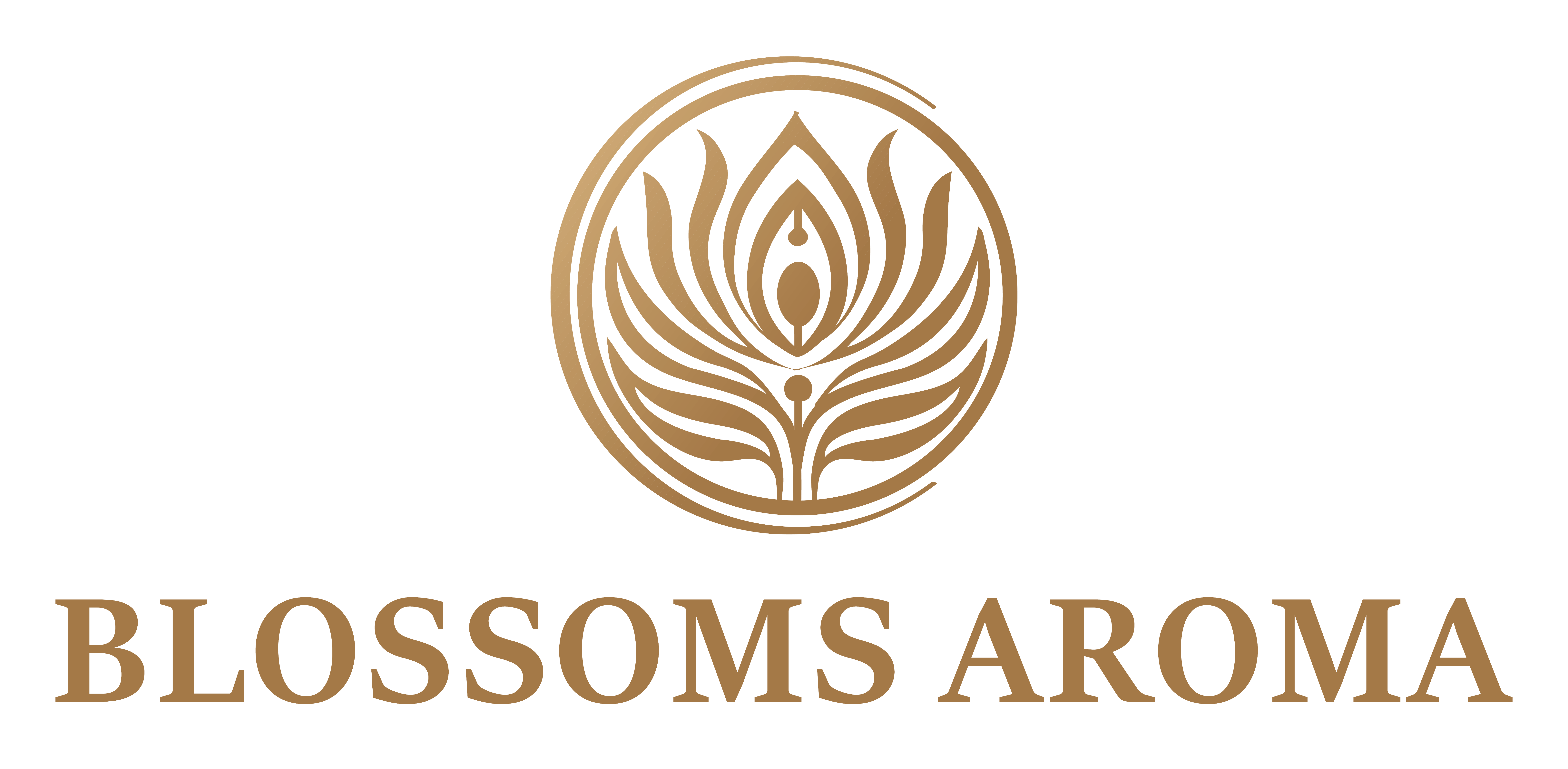Frankincense OIL
All About Frankincense Oil: Frankincense, also known as olibanum, is native to the Arabian Peninsula and regions of North Africa, including Somalia. This aromatic resin is derived from trees of the genus Boswellia and has been treasured for centuries for its rich, balsamic aroma and wide range of applications.
Frankincense Oil Specifications:
GENERAL CHARACTERISTICS
Product: FRANKINCENSE OIL
Botanical Name: Boswellia sacra, Boswellia carterii
Family: Burseraceae
Part of the Plant Used: Resin
FEMA Number: 2816
CAS NO.: 8016-36-2
HSN CODE: 33012941
EINECS Number: 289-620-2
Appearance: Mobile liquid
Color: Pale yellow to amber liquid
Odour: Characteristic sweet, woody, and spicy aroma
IDENTIFICATION
A. TLC: It complies with the test
B. GC: It complies with the test
PHYSIO-CHEMICAL PROPERTIES
Relative Density: 0.850 – 0.890
Refractive Index at 20°C: 1.465 – 1.482
Optical Rotation: (+15°) – (+30°)
Storage: Store in a well-fitted container, protected from heat and light
Frankincense Oil History: Frankincense oil has a rich history in ancient rituals and traditional medicine. It was used in religious ceremonies, embalming, and as a valuable trade commodity in ancient civilizations like Egypt and Mesopotamia. Frankincense oil was also a key ingredient in traditional Ayurvedic and Chinese medicine for its therapeutic properties.
Frankincense Oil Industrial Uses: Frankincense oil is extensively used in the fragrance and flavor industry. It is widely used as an essential oil in aromatherapy, cosmetics, personal care products, and alternative medicine. It provides a calming effect and is known to soothe skin irritations and inflammation.
Properties (Based on COA Report)
Synonyms: Olibanum oil, Boswellia oil
Botanical Name: Boswellia sacra, Boswellia carterii
Part Used: Resin
Color: Pale yellow to amber
Viscosity: Medium
Perfumery Note: Woody, spicy, and sweet
Shelf Life: Two Years
Density: 0.850 – 0.890
Refractive Density: 1.465 – 1.482
EXTRACTION: Frankincense oil is extracted by the method of steam distillation from the resin of the Boswellia tree. The resin is harvested by making small incisions in the bark and allowing the sap to harden into droplets, which are then collected.
ECOLOGICAL INFORMATION: Frankincense trees thrive in arid, rocky environments, particularly in the Arabian Peninsula and North Africa. They are drought-resistant and can grow in poor, dry soils. Sustainable harvesting practices are crucial to preserving these valuable trees.
15 Proved Uses and Benefits:
Pharma Uses:
- Frankincense oil has anti-inflammatory and analgesic properties.
- It is helpful in the treatment of arthritis and joint pain.
- It supports respiratory health and can help alleviate symptoms of asthma and bronchitis.
- It aids in reducing stress and anxiety, promoting relaxation.
- It is used in dental and pharmaceutical products for its antiseptic properties.
- It acts as a natural remedy for digestive issues.
- Traditionally used to enhance wound healing and reduce scarring.
- Known to boost the immune system and overall health.
Cosmetics Uses: 9. Added as a fragrance to soaps and skincare products.
- Suitable for use in skincare products for its soothing properties.
- Used in bar soap, facial moisturizer, shampoo, hand cream, hair conditioner, skin treatment, and toothpaste.
- Used in aromatherapy for its calming and grounding effects.
- Added to perfumes and colognes for its unique woody scent.
- Used as a flavoring agent in food and beverages.
- Its antibacterial property aids in the preservation of cosmetic products.
Abstract or How to Extract it: The chemical components of Frankincense essential oil obtained from the resin include alpha-pinene, limonene, and boswellic acids.
CONCOCTION: It blends well with sandalwood, bergamot, clary sage, lavender, myrrh, and orange oils.
SAFETY MEASURE:
Eye Contact: Check for and remove any contact lenses. In case of contact, immediately flush eyes with plenty of water for at least 15 minutes. Get medical attention.
Skin Contact: In case of contact, immediately flush skin with plenty of water for at least 15 minutes while removing contaminated clothing and shoes. Cover the irritated skin with an emollient. Wash clothing before reuse. Thoroughly clean shoes before reuse. Get medical attention immediately.
Inhalation: If inhaled, remove to fresh air. If not breathing, give artificial respiration. If breathing is difficult, give oxygen. Get medical attention.
Ingestion: Do NOT induce vomiting unless directed to do so by medical personnel. Never give anything by mouth to an unconscious person. Loosen tight clothing such as a collar, tie, belt, or waistband. Get medical attention if symptoms appear.
STORAGE & HANDLING: Keep locked up. Keep away from heat. Ground all equipment containing material. Do not ingest. Do not breathe gas/fumes/vapor/spray. Wear suitable protective clothing. In case of insufficient ventilation, wear suitable respiratory equipment. If ingested, seek medical advice immediately and show the container or the label. Avoid contact with skin and eyes. Keep container in a cool, well-ventilated area. Keep container tightly closed and sealed until ready for use.
TOXICOLOGICAL INFORMATION: While generally safe for topical and aromatic use, high concentrations may cause skin irritation. Use in moderation and seek professional advice if any adverse reactions occur.

